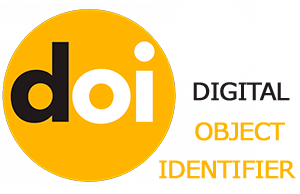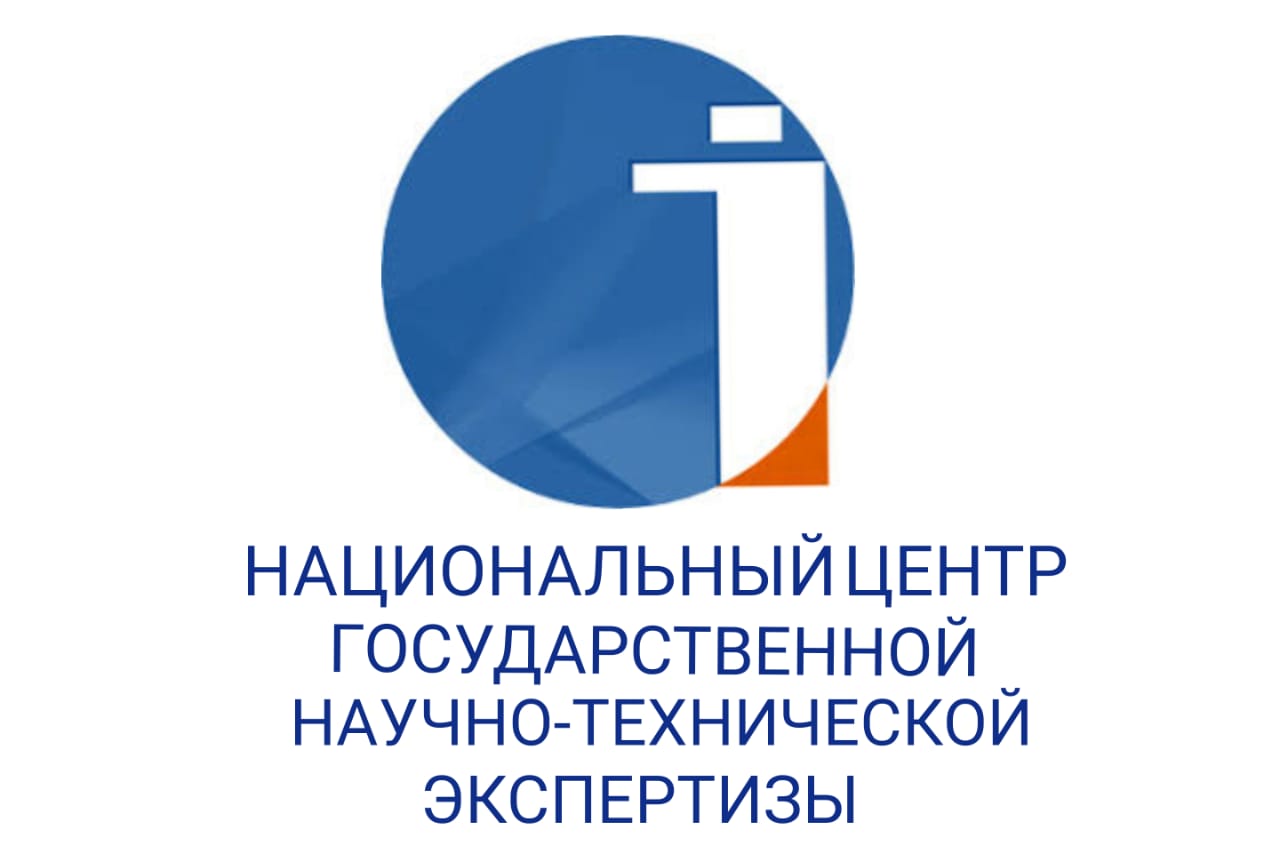DEVELOPING THE CREATIVE POTENTIAL OF FUTURE PRIMARY SCHOOL TEACHERS USING THE TECHNOLOGY "DREAMER, REALIST AND CRITIC"
DOI:
https://doi.org/10.48371/PEDS.2024.75.4.027%20Keywords:
creativity,, quality of Education, future teacher,, creative personality, Dreamer,, realist and critic technology, ideas,, teaching efficiency, creative methodsAbstract
The article examines in detail the current level and importance of developing the creativity of future primary school teachers, as well as the possibilities of future teachers not only to master innovations, but also to be prepared for rapid changes in society as a whole, including in the education system. After all, such changes require a change in the teacher's personality, constant self-improvement, and improvement of creative activity. The study examined ways to increase teachers' responsibility for their profession in the context of digitalization, globalization, the development of applied skills and training of future teachers in the context of constantly updated educational standards, self-improvement, striving for practical application, and the search for new ideas with creativity. The analysis of the works of researchers related to the concepts of creativity and its levels, creative personality is carried out. The ways of achieving a high level of self-development, sharing experiences in a creative environment, and supporting teachers as conditions for developing the creativity of a future teacher have been scientifically proven. In determining the effectiveness of the Robert Dilts method "dreamer, realist and critic", which served as the basis for the development of creativity of future specialists, such effective methods as the Delphi method, lateral thinking by Edward de Bono (lateral thinking), "Synectics" by William Gordon, theory of inventive problem solving were analyzed. In addition, several Estanislao Bahrah techniques were demonstrated and concluded, which were used to determine the creativity of future elementary school teachers. Based on the methodology, the levels of learning to approach the problem from a different angle, deep understanding and action through the association of concepts, and the achievement of creative thinking are determined. The importance of self-development, self-realization, and the search for creativity in improving the creativity of students is also determined.








